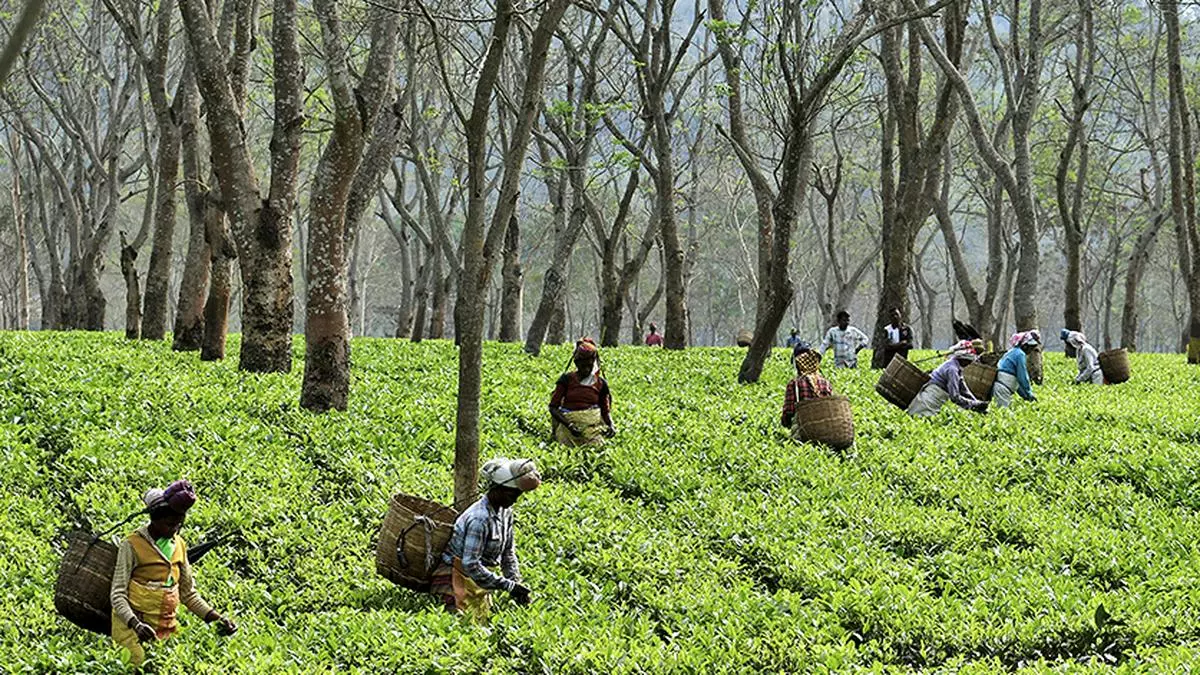Study recommends Bharat auction system in tea industry with few changes
Recommending the use of one auction system throughout India, a study on `Improving price discovery and market structure in the tea industry’ has advocated the use of Bharat auction system with a few modifications.
It has suggested changes in base-price logic modification, reserve price tolerance, price increment guidelines and buy limit specification for the buyer.
Further, it recommends keeping the reserve price private to the broker adding that once the auction begins, the reserve price should not be tinkered with, either upwards or downwards. It also wanted an overhaul of price rediscovery session.
The study report says that Bharat auction data from South India demonstrates that the design is both efficient and robust and the stakeholders have expressed appreciation for the time saved. In contrast, the English auction followed in the north Indian centres has significant challenges.
Sources in the sector told businessline that the Tea Board has convened a meeting on July 12 with stakeholders to discuss on the report.
According to the study, the 2019-23 period was quite challenging for the tea industry with a significant drop in the average price of tea fetched through auctions in the North Indian centres, much below the rates fetched by Sri Lanka and Kenyan auction centres.
The quantity of tea brought for trade into the auction has fallen to 37– 43 per cent of the total production compared with 50 per cent earlier. During the last five years, nearly one-fourth of the tea brought for auction are not sold, resulting in the actual quantity of tea sold through auction to be in the range of 30 – 35 per cent of the total production.
Bharat auction has been beneficial for orthodox teas in South India and has not significantly impacted CTC tea prices. In the North, the decrease in auction prices cannot be attributed to auction system change and data suggest a problem of oversupply and underdevelopment of the market that is leading to lower prices.
The study called for further analysis to understand the reason for the disparity in prices of BLF and estate teas and the impact of small buyers on auction prices. On an average, BLF teas fetch lower prices in auction compared to estate teas. In the South, a higher proportion of small buyers has led to better auction prices.
